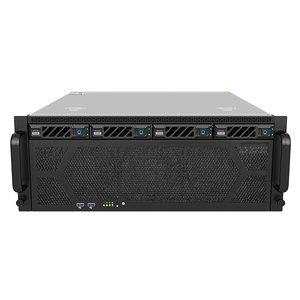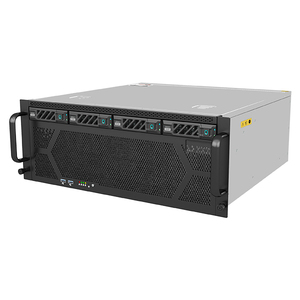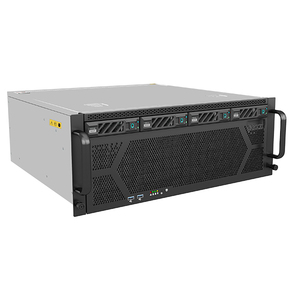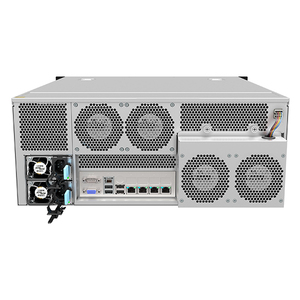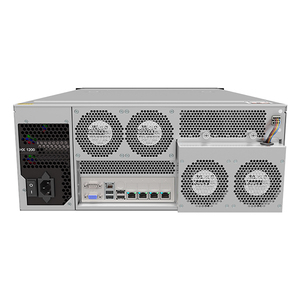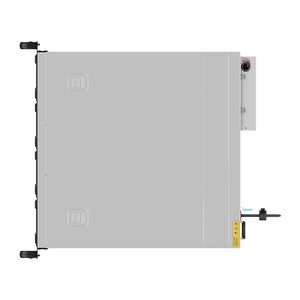Introduction to PCI IO
The PCI IO (Peripheral Component Interconnect Input/Output) is an essential component in modern computing environments, serving as a crucial interface between the motherboard and various peripherals. This technology is widely utilized in both consumer and industrial applications, enabling seamless communication between the CPU and input/output devices. With advancements in technology, PCI IO has evolved to offer enhanced data transfer rates, improved connectivity options, and greater compatibility with a wide range of hardware.
Types of PCI IO
There are several variants of PCI IO that cater to different applications and needs. Understanding these types can help businesses select the right option for their specific requirements:
- PCI (Peripheral Component Interconnect): The traditional version allows peripherals to connect directly to the CPU via a dedicated bus.
- PCI Express (PCIe): A newer, significantly faster version that uses serial communication, offering higher bandwidth and lower latency compared to standard PCI.
- PCI-X: This is an enhanced version of PCI, primarily designed for servers and high-performance computing systems, providing greater speeds and enhanced functionality.
- Mini PCI and PCIe Mini Card: Compact sizes for laptops, these versions optimize space while maintaining connectivity.
Applications of PCI IO
PCI IO technology finds relevance in numerous fields, showcasing its versatility and adaptability:
- Computers and Laptops: Typically used to connect sound cards, graphic cards, and network adapters, enhancing overall system performance.
- Industrial Automation: Employed in controllers for robotic arms and manufacturing equipment, crucial for operational efficiency.
- Networking: Allows for the addition of network interface cards, enabling robust communication in business environments.
- Embedded Systems: Used extensively in specialized applications such as medical devices, automotive systems, and consumer electronics.
Features and Advantages of PCI IO
The PCI IO technology comes equipped with an array of features that contribute to its popularity, making it an invaluable asset in various systems:
- High Speed: PCIe especially supports high data transfer rates, ideal for applications requiring rapid data throughput.
- Simplicity: Easy installation and compatibility with a wide range of operating systems ensure a seamless user experience.
- Scalability: Ideal for future upgrades, PCI IO systems allow users to easily replace or add components as needed.
- Cost-Effective: The widespread availability of PCI and PCIe cards helps maintain competitive prices for upgrades and replacements.
- Compatibility: Works well with existing hardware and software, providing flexibility in building or upgrading systems.






















